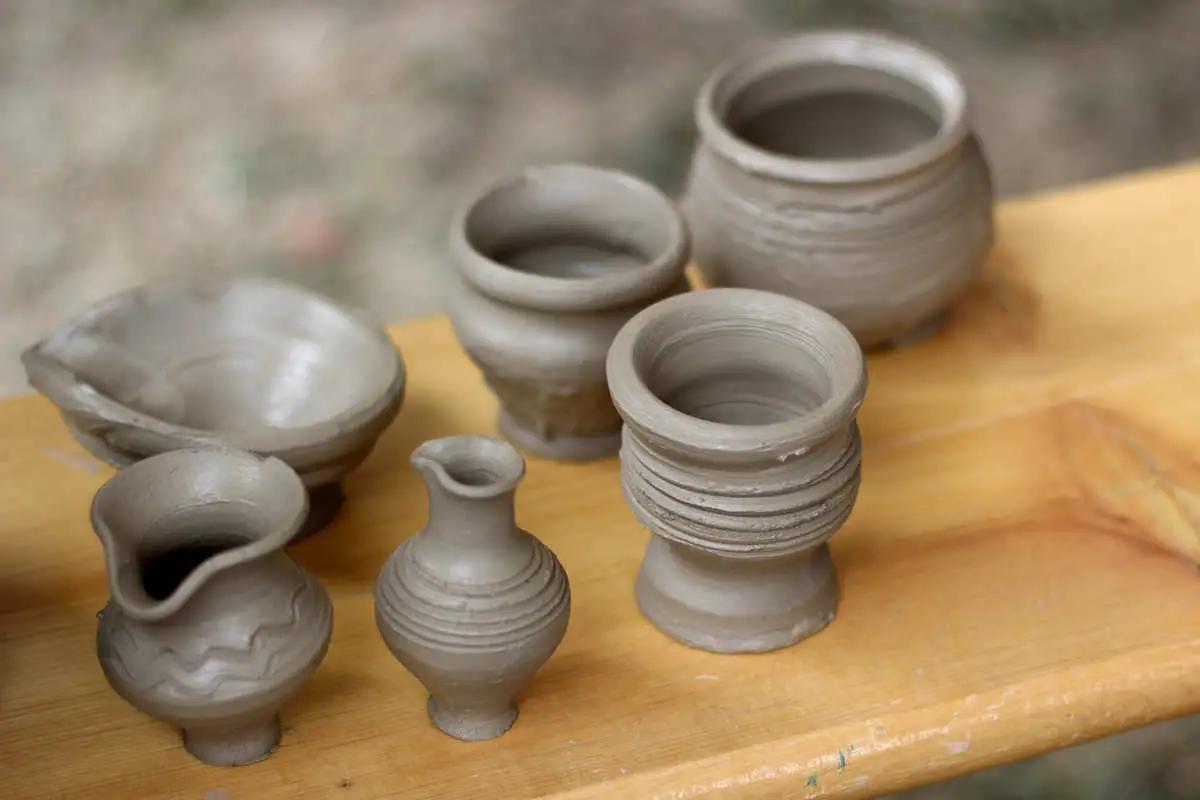
From Clay to Creation: The Timeless Art of Pottery

Pottery is one of humanity’s oldest artistic traditions, a practice that has evolved through the ages while maintaining its relevance and emotive power. From the earliest primitive clay vessels fashioned for function, to sophisticated ceramics that serve both decorative and practical purposes, the journey of pottery reveals a deep connection between people and their environments. As artisans continue to explore this timeless craft, unique expressions emerge, each piece telling its own story of history and creativity.
One such remarkable endeavor is undertaken by Amitābha Studio, where the art of pottery meets the elegance of lighting design. Specializing in unique, one-of-a-kind lamps, this studio breathes new life into antique and vintage Delft pottery and other exquisite Dutch and Belgian ceramics. Each lamp not only illuminates a space but also shines a light on the rich heritage of its material, celebrating the artistry that has been honed over generations. Through this fusion of functionality and artistry, Amitābha Studio exemplifies how pottery transcends mere utility, becoming a treasured element of home and life.
The History of Pottery
Pottery is one of the oldest human crafts, with its origins tracing back to ancient civilizations. The earliest known pottery dates back to approximately 29,000 BC, with discoveries in regions like East Asia and Europe. Early pottery was primarily created for practical purposes, including cooking, storage, and serving food. The methods of shaping and firing clay evolved over thousands of years, reflecting the technological advancements of different cultures.
As societies developed, pottery became more than just functional items. Artistic expression emerged, with decorative designs being added to pottery surfaces. Ancient cultures, such as the Chinese, Greeks, and Native Americans, started to produce pottery with intricate patterns and colors, revealing not only their aesthetic values but also their cultural narratives. Each piece told a story, often depicting scenes of daily life or mythological events, retaining a significant place in the social and artistic fabric of these civilizations.
During the Middle Ages, pottery in Europe saw a resurgence, with the introduction of earthenware and stoneware. The renowned Delftware, originating in the Netherlands in the 16th century, became highly sought after for its distinctive blue and white designs. This period marked the transition of pottery into a more commercial craft, leading to the establishment of pottery studios like Amitābha Studio, which specialize in creating unique lamps from antique and vintage Delft and other Dutch and Belgian pottery, continuing this rich tradition of artistry.
Amitābha Studio’s Vision
At Amitābha Studio, the vision is to transcend traditional boundaries of pottery by infusing unique artistry into each piece. Specializing in one-of-a-kind lamps, the studio embraces the rich heritage of antique and vintage Delft and other Dutch and Belgian pottery. This commitment to craftsmanship ensures that every lamp tells a story, celebrating the history and character of its materials.
The artisans at Amitābha Studio believe that pottery is more than just a functional object; it is a canvas for self-expression and creativity. By reimagining these timeless ceramics into exquisite light fixtures, they strive to create works that resonate with both beauty and functionality. The fusion of old-world charm with contemporary design invites individuals to connect with their spaces in a deeper, more meaningful way.
Sustainability is also central to Amitābha Studio’s vision. By repurposing antique and vintage pottery, the studio promotes an eco-conscious approach to art and design. Each lamp not only illuminates a room but also embodies a sense of respect for the past, inspiring a future where artistry and environmental stewardship go hand in hand.
Delft Pottery
Crafting Unique Lamps
At Amitābha Studio, the journey of crafting unique lamps begins with a deep appreciation for the rich history embedded in antique and vintage Delft pottery. Artisans carefully select pieces that reflect the exquisite artistry and craftsmanship of Dutch and Belgian traditions. Each lamp is a distinctive blend of functionality and aesthetic appeal, transforming historical ceramics into contemporary lighting solutions that tell a story.
The process involves meticulous restoration and repurposing, allowing each pottery piece to shine in a new light. Artisans skillfully integrate modern lighting elements while preserving the character and charm of the original pottery. This seamless blending of old and new not only enhances the beauty of the lamps but also gives them a sense of continuity, connecting past craftsmanship with present-day living.
Ultimately, the unique lamps crafted at Amitābha Studio serve as more than mere functional objects. They are statement pieces that bring warmth and ambiance to any space. Each lamp evokes a sense of appreciation for the artisanal skills that have passed through generations, inviting both admiration and reflection in the homes they illuminate.
The Beauty of Delft Pottery
Delft pottery, known for its distinctive blue and white designs, holds a significant place in the world of ceramics. Originating in the Netherlands in the 16th century, this iconic style was inspired by Chinese porcelain, which had garnered immense popularity in Europe. The craftsmanship involved in creating Delft pottery is remarkable, with artisans carefully hand-painting intricate motifs that often depict scenes from Dutch life, nature, or folklore. The combination of artistry and quality has ensured that Delft pieces remain sought after and revered.
What truly sets Delft pottery apart is not only its aesthetic appeal but also its rich history. Each piece tells a story, reflecting the cultural heritage of the Dutch people through the centuries. From exquisite vases to functional tableware, Delft continues to capture the imagination of collectors and enthusiasts alike. The meticulous process of handcrafting these items means that each piece is genuinely unique, making them treasured heirlooms for generations.
At Amitābha Studio, the use of antique and vintage Delft pottery in creating one-of-a-kind lamps exemplifies a beautiful fusion of tradition and innovation. These handcrafted lamps not only illuminate spaces but also serve as artistic conversation starters, showcasing the timeless charm of Delft. By breathing new life into historical pieces, the studio celebrates the legacy of Delft pottery while keeping the art of ceramics alive in contemporary settings.
Sustainable Artistry in Pottery
Sustainability has become a cornerstone of modern artistry, and pottery is no exception. Utilizing natural materials like clay and glazes with minimal environmental impact, artisans are embracing eco-friendly practices in their creations. This commitment not only supports local ecosystems but also fosters a deeper connection between the artist and the environment. The emphasis on sourcing materials responsibly ensures that the beauty of pottery is achieved without compromising the future of our planet.
Amitābha Studio exemplifies this sustainable approach by specializing in unique lamps crafted from antique and vintage Delft and other Dutch and Belgian pottery. By repurposing these exquisite pieces, the studio breathes new life into historical artifacts, reducing waste and celebrating the craftsmanship of the past. Each lamp tells a story, merging history with contemporary design, while promoting the importance of reusing and recycling materials in artistic creation.
This transformative process showcases how pottery can transcend mere function, becoming a beacon of sustainability and creativity. By choosing to work with vintage pieces, artisans at Amitābha Studio are not only preserving cultural heritage but also inspiring a new generation to appreciate and participate in sustainable artistry. The result is a collection of lamps that illuminate spaces while bringing awareness to the importance of mindful consumption and the timeless beauty of pottery.



